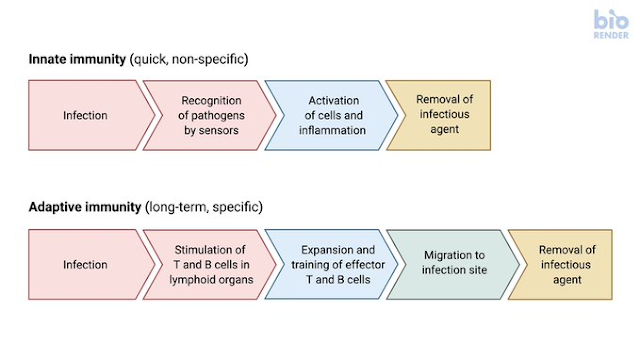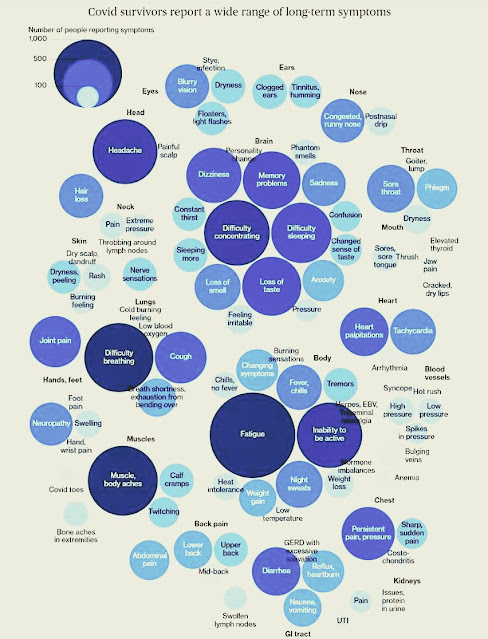Current Vaccine Candidates in US
|
Company/ Candidate |
Current Clinical Trial Phase |
Number of Doses Likely Needed for Full Course |
Notes |
|
AstraZenecaAZD1222 Adenovirus-vector vaccine |
Phase 3 |
2 doses, injected |
Supports advanced clinical studies, vaccine manufacturing technology transfer, process development, scaled-up manufacturing, and other development activities, to make available at least 300 million doses of a coronavirus vaccine. |
|
Janssen (Johnson & Johnson) AD26.COV2.S Adenovirus-vector vaccine |
Phase 3 |
1 dose, injected |
Supports demonstration of large-scale manufacturing and delivery of 100 million doses of vaccine. By funding this effort, the federal government will own the 100 million doses. The government can also acquire additional doses up to a quantity sufficient to vaccinate 300 million people. |
|
Merck/IAVI V591 Recombinant vesicular stomatitis virus (rVSV) vector vaccine |
Phase 1/2 |
1 or 2 doses, injected |
Supports accelerated development of an rVSV-SARS-CoV2 (recombinant) COVID-19 vaccine. Based on experience with the rVSV-based Ebola vaccine, a COVID-19 vaccine using the same rVSV platform has potential to provide a rapid and robust immune response. |
|
Moderna mRNA-1273 RNA vaccine |
Phase 3 |
2 doses, injected |
Supports manufacturing and delivering of 100 million doses of vaccine candidate. By funding this effort, the federal government will own the 100 million doses. The government can also acquire up to an additional 400 million doses. |
|
Novavax NVX-CoV-2373 recombinant protein vaccine |
Phase 3 |
2 doses, injected |
Supports demonstration of commercial-scale manufacturing. By funding this effort, the federal government will own the 100 million doses. |
|
Pfizer BNT162b2 RNA vaccine |
Phase 3 |
2 doses, injected |
Supports large-scale production and nationwide delivery of 100 million doses of a vaccine. By funding this effort, the federal government will own the 100 million doses. The government can also acquire up to an additional 500 million doses. |
|
Sanofi/GlaxoSmithKline Recombinant SARS-CoV-2 Protein Antigen + AS03 Adjuvant |
Phase 1/2 |
1 or 2 doses, injected |
Supports advanced development including clinical trials and large-scale manufacturing of 100 million doses. By funding this effort, the federal government will own the 100 million doses. The government can also acquire up to an additional 500 million doses. |
Best- and Worst-Case Immunization Forecasts
In a best-case scenario, six vaccines are approved and rolled out shortly. In a worst-case, only four vaccines are approved and supplies are delayed. The two scenarios could differ by 21 months.
References
- All-In U.S. Push for Vaccine Raises Risk Virus Lingers (Bloomberg)
- Gilead’s coronavirus drug: why experts are cautious on its prospects (ft.com)
- A COVID-19 vaccine: 5 things that could go wrong
- Covid-19 vaccine delivery faces problems, warns DHL
- Moderna COVID-19 vaccine appears to work as well in older adults in early study
- Moderna said the immune responses in those aged between ages 56 and 70, above age 70 and those 18 to 55-years-old were similar
- Moderna has never brought a vaccine to market before
- Iceland Has Very Good News About Coronavirus Immunity
- Inhaled Vaccines Aim to Fight Coronavirus at Its Point of Attack
- COVID-19 antibodies last at least three months; so do symptoms for many
- Eli Lilly Virus Antibody Trial Paused Due to Safety Concerns
- Characterizing COVID-19 antibodies for potential treatments
- Why and How Vaccines Work
- How much will a Covid-19 vaccine cost?
- Immunity from COVID-19 could last for up to 7 months, according to a new study
- Longitudinal observation and decline of neutralizing antibody responses in the three months following SARS-CoV-2 infection in humans
- Structural features of coronavirus SARS-CoV-2 spike protein: Targets for vaccination
- Distributing a COVID-19 Vaccine Across the U.S. - A Look at Key Issues
- Covid19 and the immune system — the good, the bad and the ugly














